INTELLIGENT CONTROL SYSTEMS AND SIMULATION
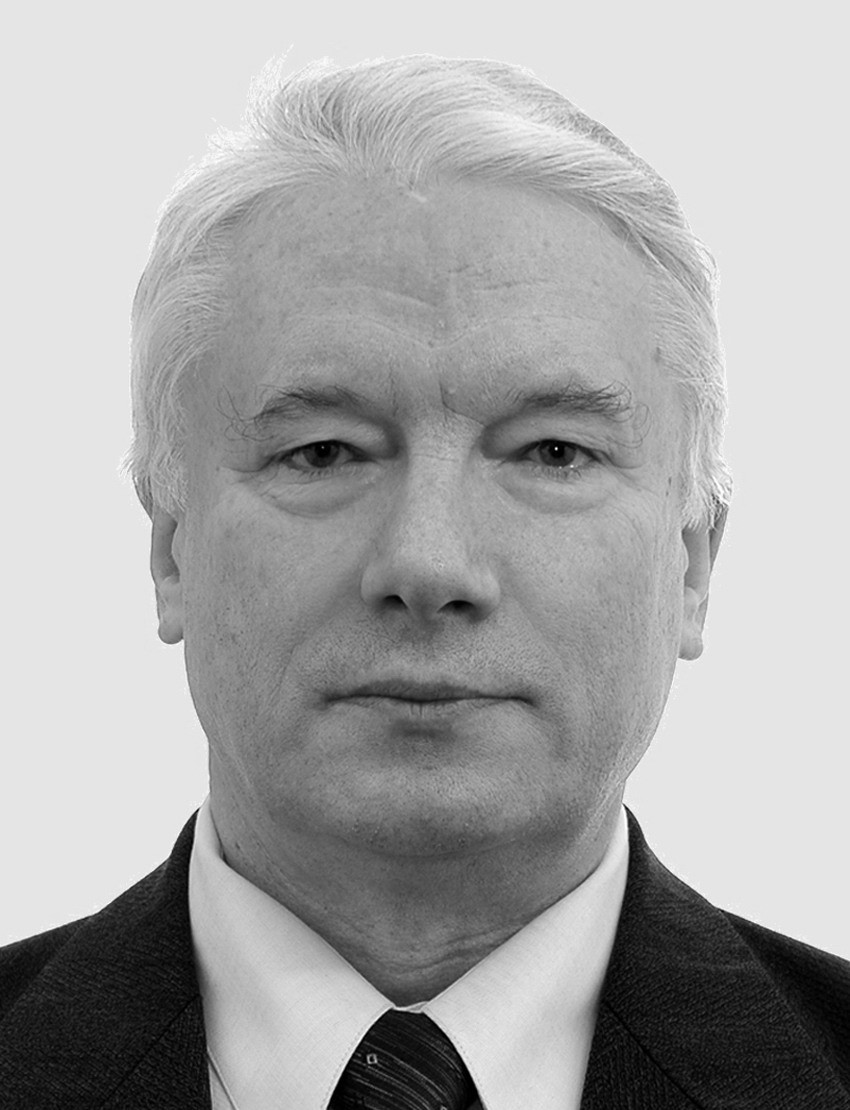 |
|
Fedor F. Pashchenko, Founder and first Head of Laboratory No. 40 |
After the Chernobyl nuclear accident (1986), the Central Commitee of the Communist Party of the Soviet Union and the USSR Council of Ministers issued an order appointing the Institute the leading organization on creating highly reliable automatic process control systems (APCSs) for nuclear power plants (NPPs); Acad. I.V. Prangishvili was appointed the General Designer of APCSs for NPPs. Within the Order, Laboratory No. 40 was organized in 1987 based on Sector No. 41.1 (Automated Process Control Systems for Nuclear Power Plants). Fedor F. Pashchenko, Dr. Sci. (Eng.), was appointed Head of the Laboratory. (Nowadays, he is a Professor and Honorary Man of Science and Technology of Moscow.)
 |
|
Alexander F. Pashchenko, Head of Laboratory No. 40 |
The Laboratory was tasked to coordinate and scientifically lead all-union international programs to develop and create automation systems for nuclear power industry, and improve the intelligence and reliability of control and decision support systems.
In 1994, the Laboratory got its present name. In 2019, it was headed by Cand. Sci. (Eng.) Alexander F. Pashchenko. Currently, the Laboratory staff includes 18 employees, particularly 3 Doctors of Sciences and 7 Candidates of Sciences.
Traditional areas of research:
- System theory and system approach;
- Federal, regional, and sectoral target complex programs and corresponding organizational structures, management methods, and program implementation mechanisms;
- Intelligent automated control systems for high-risk production;
- Analysis, modelling, identification, design, and control of linear, stochastic, and nonlinear systems;
- A methodology, algorithms, and software for intelligent modelling, identification, and control systems;
- Man-machine control systems;
- A methodology and methods to construct decision support systems and information support systems for operating personnel
- Functional diagnosis systems in power engineering and other industries;
- Monitoring systems for state and sectoral programs.
In these areas, the all-union scientific and technical programs on automation of NPPs (Programs 0.Ts.046 and 0.80.060) and the complex program of the Council for Mutual Economic Assistance (CMEA) member countries on creating modern and highly reliable APCSs for NPPs were developed. Numerous organizations and enterprises were engaged in the programs: over 200 from the USSR and 100 from CMEA member countries. With the participation of the Laboratory, technical specifications, technical requirements, and preliminary, technical, and working drafts of prospective APCS for NPPs were developed.
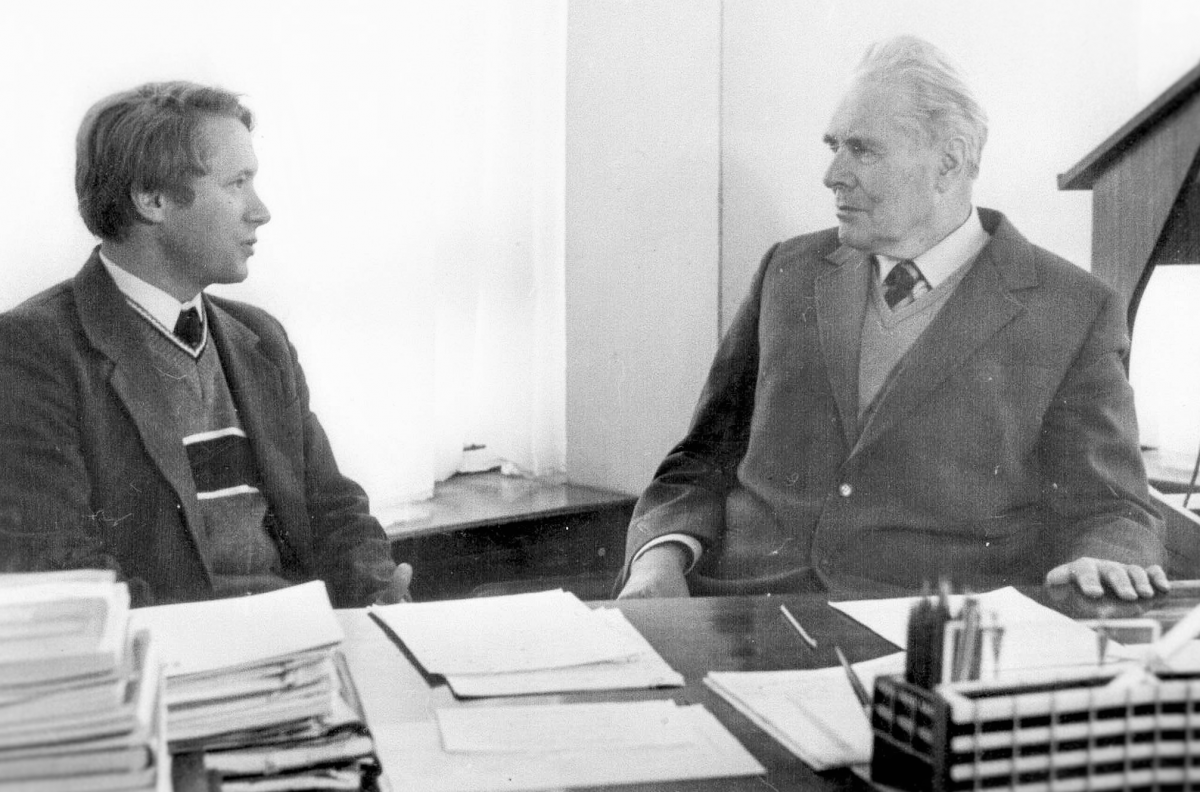 |
|
Director of ICS RAS, Acad. V.A. Trapeznikov (right) is discussing with F.F. Pashchenko works on APCSs for NPPs (1987) |
Within the listed programs, the theoretical grounds of intelligent control systems for high-risk production were created. This theory involves control design methods with an identifier and expert systems theory. The obtained theoretical results were applied in an information support system for NPP operators and top-level APCSs, several APCSs in the metallurgical and chemical industries, machine-tool manufacture, biotechnology, and other sectors.
In the theory of control systems with an identifier, several important results were obtained based on a priori information (professional knowledge about physical and structural features of objects). The principles of constructing an expert-statistical system for designing control system modeling algorithms were developed. Variance methods for identifying considerably nonlinear systems were developed. The optimal one-step and multi-step adaptive algorithms were constructed, and stability conditions of adaptive systems with an identifier and iteration schemes were established. High-performance and efficient models with tunable parameters were created for the main technological processes of the first and second circuits of NPP power units, including neutron deposit distribution and reactivity in the reactor core. (Dr. Sci. (Eng.) F.F. Pashchenko, Cands. Sci. (Eng.) E.E. Sokolovskii, and E.M. Saprykin, Dr. Sci. (Phys.–Math.) S.D. Algazin, Cand. Sci. (Eng.) K.S. Ginsberg, Bulgarian colleagues Cands. Sci. (Eng.) N. Kolev and R. Tsvetanov, and others.)
A methodology and methods for constructing decision support systems for high-risk production were developed. The works on APCSs for NPPs were coordinated with the active participation of other Laboratory's employees (D.A. Shalabaev, V.A. Bykov, V.S. Zemlyannikov and V.N. Savushkin, to name a few).
Some results of those studies were published in a dozen monographs, written jointly with Moscow Power Engineering Institute (MPEI), the All-Soviet (All-Russian) Research Institute for Nuclear Power Plants Operation (VNIIAES), Lipetsk State Technical University, the Kurchatov Institute of Atomic Energy (nowadays National Research Center “Kurchatov Institute”), the All-Soviet (All-Russian) Thermal Engineering Institute (VTI), and other organizations.
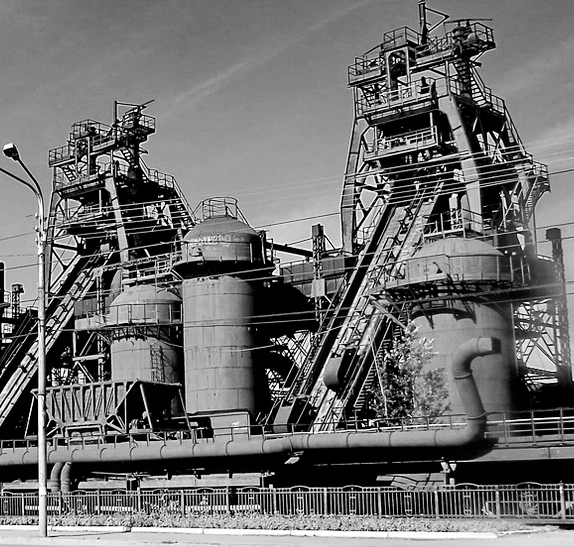 |
|
Kommunarsk Metallurgical Works |
Mathematical models and adaptive control algorithms for blast furnaces were developed.
The theoretical developments were implemented in the APCS of blast furnace no. 1 at Kommunarsk Metallurgical Works (KMW) (F.F. Pashchenko and I.S. Durgaryan). The works were performed in cooperation with Unitary State Design Institute “Proektavtomatika” and KMW. More than 20 patents were received for the developed control methods and devices.
In the 1990s, the Laboratory participated in developing several federal target programs: “Social and Economic Development of the Far East and Trans-Baikal,” “Social and Economic Development of Siberia,” “Development of Indigenous Smaller Peoples of the North,” and others.
Modern areas of research:
- Methods of analysis, modeling, and design of nonlinear systems;
- A theory and methods for constructing control systems and knowledge-based modeling;
- The theory of optimal nonlinear systems;
- Systems theory and system mechanisms in nature and society;
- Artificial intelligence in theory and practice of control;
- Neuro-fuzzy control and modeling methods;
- Innovation systems and tech parks (technopolises, industrial and science parks, science cities, ethnoparks, etc.).
In the first area of research, the functional transformation method was proposed to analyze and identify nonlinear systems. This method generalizes well-known approaches to the analysis and modeling of systems (the methods of Wiener–Hopf, L. Zadeh, N.I. Andreev, and others), extending them to the class of nonlinear systems. A new mathematical apparatus of functional correlation and variance functions was developed to implement the method.
Based on the functional transformation method, the consistent methods of structural, nonparametric, and parametric identification of nonlinear stochastic systems were developed. Identifiability conditions and consistent identification equations were obtained. Currently, this approach is the only constructive method to answer the following question: is there a mathematical model of the identified object on the considered classes of input and output signals?
In the second area of research, note the following results of the Laboratory:
– An approach to identifying linear and nonlinear dynamic systems based on the available knowledge of the system. The concept of variance functions was extended to solve the identification equation for determining the weight function of the system. The approach was effectively used to simulate nonlinear systems described by the Hammerstein, Wiener, and Volterra models.
– Information methods of systems identification (I.S. Durgaryan and F.F. Pashchenko). Entropy estimates were obtained for some structural invariants of linear and nonlinear systems, including the informative value, stochasticity, nonlinearity, and identity of models. Laboratory's employees developed methods and established conditions of systems identifiability by the criterion of the maximum information about the output signal and system parameters contained in the input signal. With these methods, all available information about the object can be used to the maximum extent.
– Scientific grounds for constructing man-machine information support systems for high-risk production operators. In this area of research, methods were developed to estimate and diagnose the object’s state, predict the pace of the technological process and possible failures, and generate control actions, including advice to the operator. Algorithmic and technical automation means were created (I.V. Prangishvili, F.F. Pashchenko, E.M. Saprykin, S.A. Molchanov, V.A. Voronina, K.R. Chernyshev, I.S. Durgaryan, E.F. Zharko, V.N. Sudarikov, and others).
Laboratory's employees participated in developing e-government elements and implemented several projects on smart systems: an intelligent wind power generator (F.F. Pashchenko, A.M. Shubladze, V.V. Torshin, L.E. Krukovsky, and A.F. Pashchenko), power generators from mechanical oscillations of transport systems, and a digital intelligent deposit jointly with Oil and Gaz Research Institute RAS (F.F. Pashchenko, S.V. Gulyaev, A.F. Pashchenko, and others). Intelligent technologies were developed jointly with the Moscow Institute of Physics and Technology (MIPT) to monitor and optimize the operation of Russian Railways transport systems. Laboratory’s employees participated in the Smart City project (AIC Corporation, Vietnam). In 2018, the project won the First Prize at the Global Smart Cities Contest organized by the World’s Smart Cities Organization (WSCO). A methodology and systems are actively developed to monitor and control safety in high-risk industries, including aerospace, metallurgy, and the energy sectors.
In the third area of research, optimum conditions for abnormal system optimization problems were formulated. Among sufficiently general constrained optimization problems in Banach spaces, there is a class of problems for which classical analysis methods based on the Lagrange principle become inapplicable. Following Bliss, such problems are said to be abnormal. Necessary conditions of the first and second orders were established for an abstract abnormal optimization problem in a Banach space; necessary conditions of optimum were obtained for an abnormal Lagrange problem of variational calculus; a maximum principle was formulated for abnormal optimal control problems. (All these results relate to Dr. Sci. (Phys.–Math.) E.R. Avakov.) The necessary conditions further develop and generalize classical necessary conditions (the Lagrange principle, the Euler–Lagrange equations, and the Pontryagin maximum principle) to abnormal problems. In the regular case, they turn into the classical counterparts; in the abnormal case, they provide additional substantive information about the optimums.
The maximum performance method with a predictive model was developed (Dr. Sci. (Eng.) G.A. Pikina and Dr. Sci. (Eng.) F.F. Pashchenko). A new principle of prediction control was proposed for linear automatic systems with typical control laws. Using the prediction algorithm in typical controllers allows adjusting one- and two-loop systems by a single parameter (prediction time).
In the fourth area of research, approaches were introduced to analyze and synthesize new and known laws of electrodynamics (F.F. Pashchenko and Cands. Sci. (Eng.) B.P. Busygin, V.V. Torshin, and A.F. Pashchenko). In particular, the method of logical modeling of electrodynamics laws was developed to describe different electrodynamics laws and synthesize new laws and models. Over 10 monographs were published, and over 30 patents were received on the subject. The developed methods were used to design alternative power sources and power-saving systems for transportation, create and improve the efficiency of “smart” fields, and adopt modern technology in the oil and gas industry. The approaches to constructing new power-generating mechanisms are extended to other sciences, particularly the analysis and development of cognitive technologies to model social and economic processes (F.F. Pashchenko, I.S. Durgaryan, A.F. Pashchenko, and Cand. Sci. (Soc.) S.V. Zernov).
Laboratory’s employees participate in developing new physical and mechanical hydrocarbon extraction methods (first of all, pulse impact methods for oil-saturated and gas-saturated rocks). Large-scale experiments were carried out to assess the effectiveness of such methods in different geological and physical conditions and the prospects of their introduction in the mining industry (A.F. Pashchenko). Several works were performed jointly with the resident companies of the Skolkovo Foundation.
In the fifth and sixth areas of research, F.F. Pashchenko, A.F. Pashchenko, I.S. Durgaryan jointly with employees of Lipetsk State Technical University proposed new genetic identification algorithms and modeling algorithms based on fuzzy logic and neural networks. Hybrid structural and parametric identification algorithms were constructed. The new methods significantly improve the efficiency of neuro-fuzzy modeling of the Sugeno and Mamdami algorithms and the ANFIS system. Methods for constructing fuzzy controllers were developed, and their stability was investigated. The methods were used at the Lipetsk Metallurgical Plant to forecast the quality of manufactured products and control roasting furnaces (under the supervision of Dr. Sci. (Eng.) Yu.I. Kudinov).
A computational state estimation method was developed for nonlinear filtering of time-varying random processes. It involves decomposition principles for constructing suboptimal hierarchical neural network, fuzzy, and wavelet estimation algorithms and their combinations with high speed and accuracy of estimation (Dr. Sci. (Eng.) O.S. Amosov and Cand. Sci. (Eng.) S.G. Amosova).
A computational pattern recognition method for continuous streams was proposed based on deep neural networks (Dr. Sci. (Eng.) O.S. Amosov, Cand. Sci. (Eng.) S.G. Amosova, and others).
A new approach to the dynamic characterization of distributed parameter models using the double Laplace transform was proposed. A methodology to obtain the characteristics of distributed parameter models was created; a computer program for calculating the characteristics of the steam generators of VVER-440 and VVER-1000 units and surfaces of BKZ-320 and TGMP-340 boilers was developed.
The maximum performance method with a predictive model was developed. As shown, the combination of a linear predictive state controller and a standard PID controller is competitive with the time-optimal maximum performance algorithm in terms of quality (G.A. Pikina and F.F. Pashchenko). A new universal search-free parametric optimization method was proposed.
In the seventh area of research, Laboratory’s employees were among Russian pioneers to raise the issues on the innovative development of the country. Methodological foundations for organizing socio-economic structures (technopolises, industrial and science parks, science cities, ethnoparks, etc.) were developed. A socio-economic management strategy based on regional problems analysis was formed. It requires changing the emphasis of program measures and coordinating the interests of federal and local authorities and the regional population.
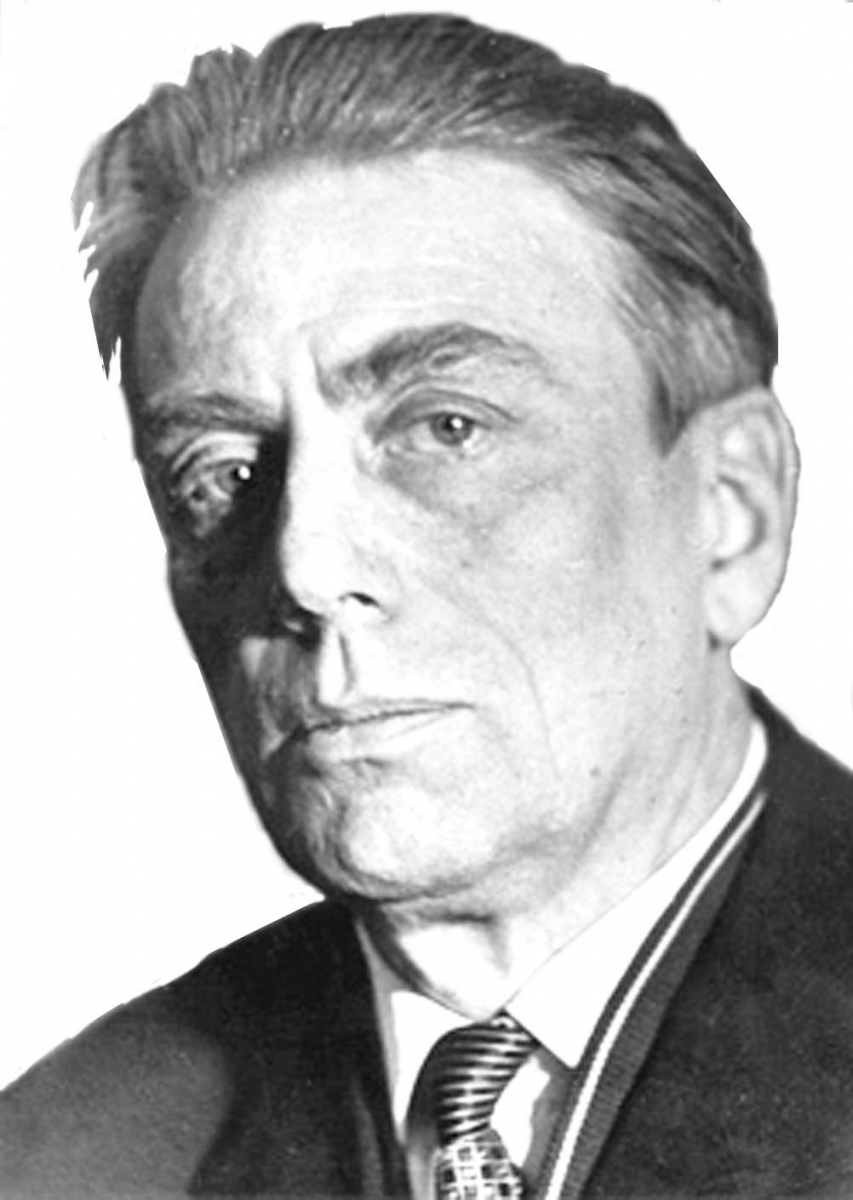 |
|
Avenir A. Voronov |
Laboratory’s employees created the Innovative Development Program of Khabarovsk Krai, the Megacity Management Concept of Moscow, the Program on the Regional Innovation Potential of the Central Federal District, and the Program for Improving Management Mechanisms for Developing the Scientific and Technical Potential of Moscow; participated in creating the Innovative Development Program of Moscow and the Development Strategy of Moscow till 2025 (within the Moscow General Plan, jointly with the General Plan Institute and other regional and sectoral programs (F.F. Pashchenko, V.B. Gusev, V.V. Paveliev, A.F. Pashchenko, I.S. Durgaryan, and others).
Laboratory’s employees actively participated in developing and establishing eco-technopolises in the cities of Troitsk, Dubna, Arzamas-16 (the All-Russian Scientific Research Institute of Experimental Physics (VNIIEF)), and Magnitogorsk, and in developing several programs: federal innovation subprograms “Technoecopolis Komsomolsk-Amursk-Solnechnyi” and “Technopolis Strezhevoy” and federal target programs “Far East and Transbaikal” and “Siberia.” (“Technoecopolis Komsomolsk-Amursk-Solnechnyi” was the first technopolis project in Russia approved by a presidential decree and a governmental order.)
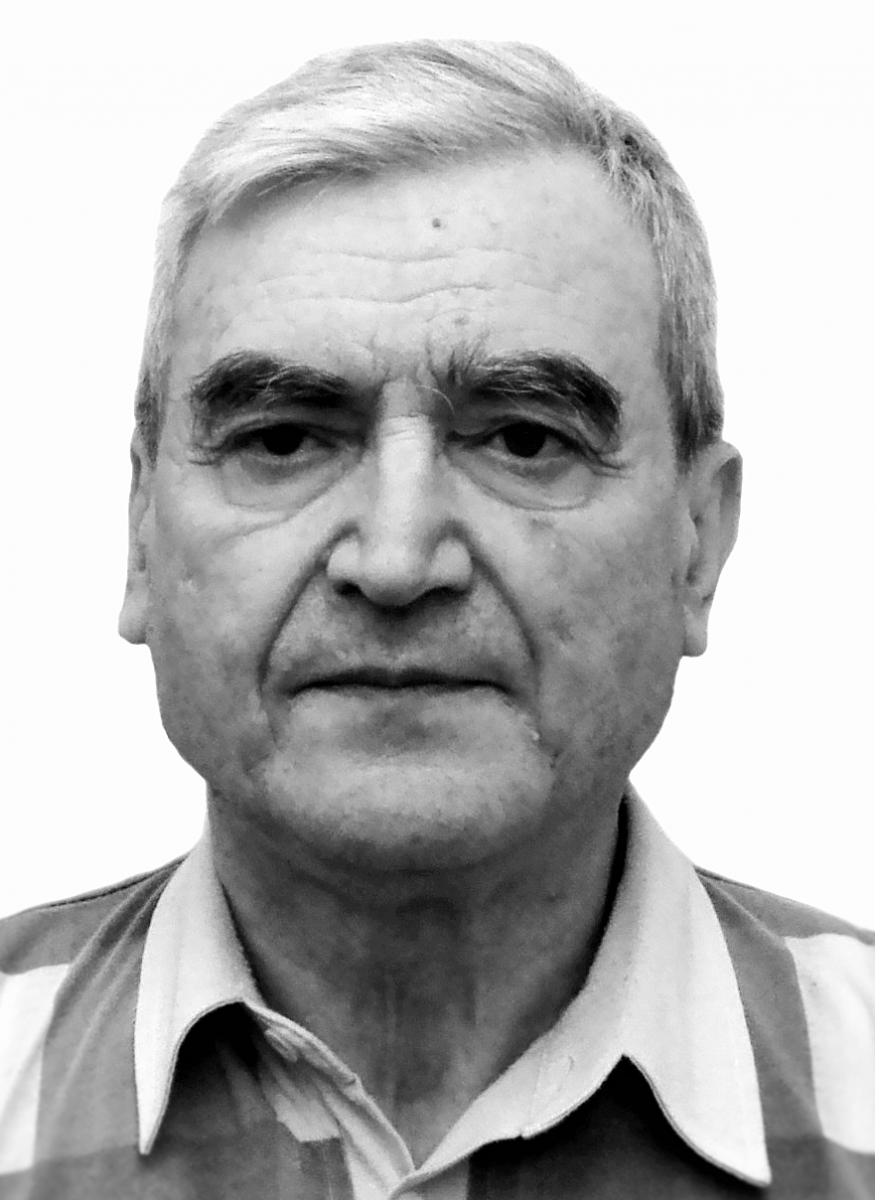 |
|
Alexander M. Shubladze |
The results of theoretical research were applied in: operator information support systems at Zaporozhsk and Smolensk NPPs and other power facilities; blast furnace control systems at Kommunarsk Metallurgical Works (F.F. Pashchenko and I.S. Durgaryan); chemical reactors at Industrial Organization “Bor” in Dalnegorsk (Acad. V.A. Trapeznikov, N.S. Raibman, F.F. Pashchenko, and other employees of the Institute, jointly with Acad. A.A. Voronov, Dr. Sci. (Eng.) V.V. Zdor, D.I. Bernatsky, and other employees of the Institute of Automation and Control Processes, Far Eastern Branch of the USSR Academy of Sciences); mechanical and machine-tool engineering (jointly with the Blagonravov Institute of Mechanical Engineering); control of biotechnological objects (F.F. Pashchenko, Dr. Sci. (Eng.), V.A. Grabaurov, A.F. Pashchenko, Cand. Sci. (Eng.) Yu.I. Ostrovskii, and others); a poultry house control system with optimal feeding and temperature conditions; an APCS for the Nasiriya thermal power plant (Iraq) within the modernization works by JSC “Interenergoservis.”
In 2014, Laboratory No. 40 merged Laboratory No. 50, previously headed by Dr. Sci. (Eng.) A.M. Shubladze. Even before that, Laboratories No. 40 and 50 jointly developed a new class of self-organizing systems, optimal resource-saving adaptive systems. A variable gap-compensating controller was successfully designed using a PID controller with the time quantization of control signals (A.M. Shubladze, S.V. Gulyaev, F.F. Pashchenko, and A.F. Pashchenko).
In 2017, Laboratory No. 40 merged Laboratories No. 36 and 43.
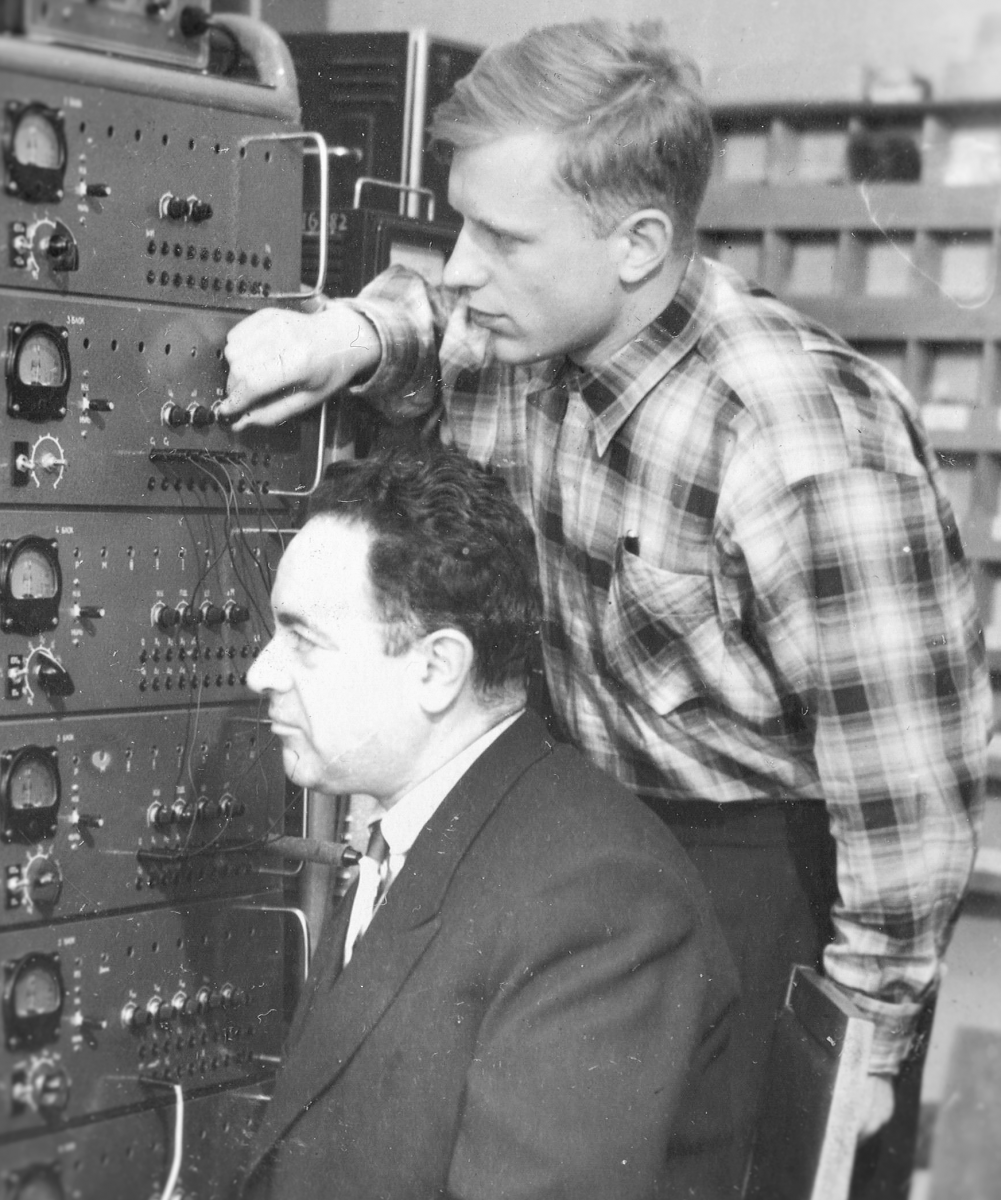 |
|
Alexander A. Feldbaum at the Laboratory |
Following the system approach traditions, laid down in Laboratory No. 36 by A.A. Feldbaum, Laboratory’s employees continued developing classical branches of automatic control theory (first of all, those to improve control methods for very complex socio-economic systems). These are development trend estimation under intensive disturbances and inaccurate measurements, and optimal control of moving objects. Kemer B. Norkin, Head of Laboratory No. 36, published a widely-known monograph entitled Systemic Problems of Struggle against Corruption in Russia.
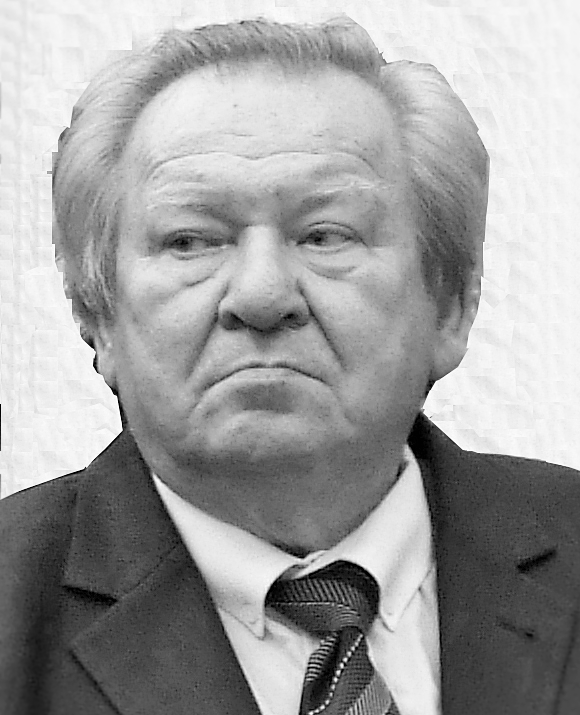 |
|
Kemer B. Norkin |
Jointly with coauthors, he won the Russian Government Prize for the best textbook on new economics. In 1990, he was elected a deputy to the Moscow Soviet and later invited as a minister in the Government of Moscow, remaining Head of Laboratory No. 36. Therefore, the research of Laboratory No. 36 was closely connected with urban development management.
Cand. Sci. (Eng.) A.M. Cherkashin was the founder and first Head of Laboratory No. 43. When merged by Laboratory No. 40, it was headed by Cand. Sci. (Phys.–Math.) V.B. Gusev.
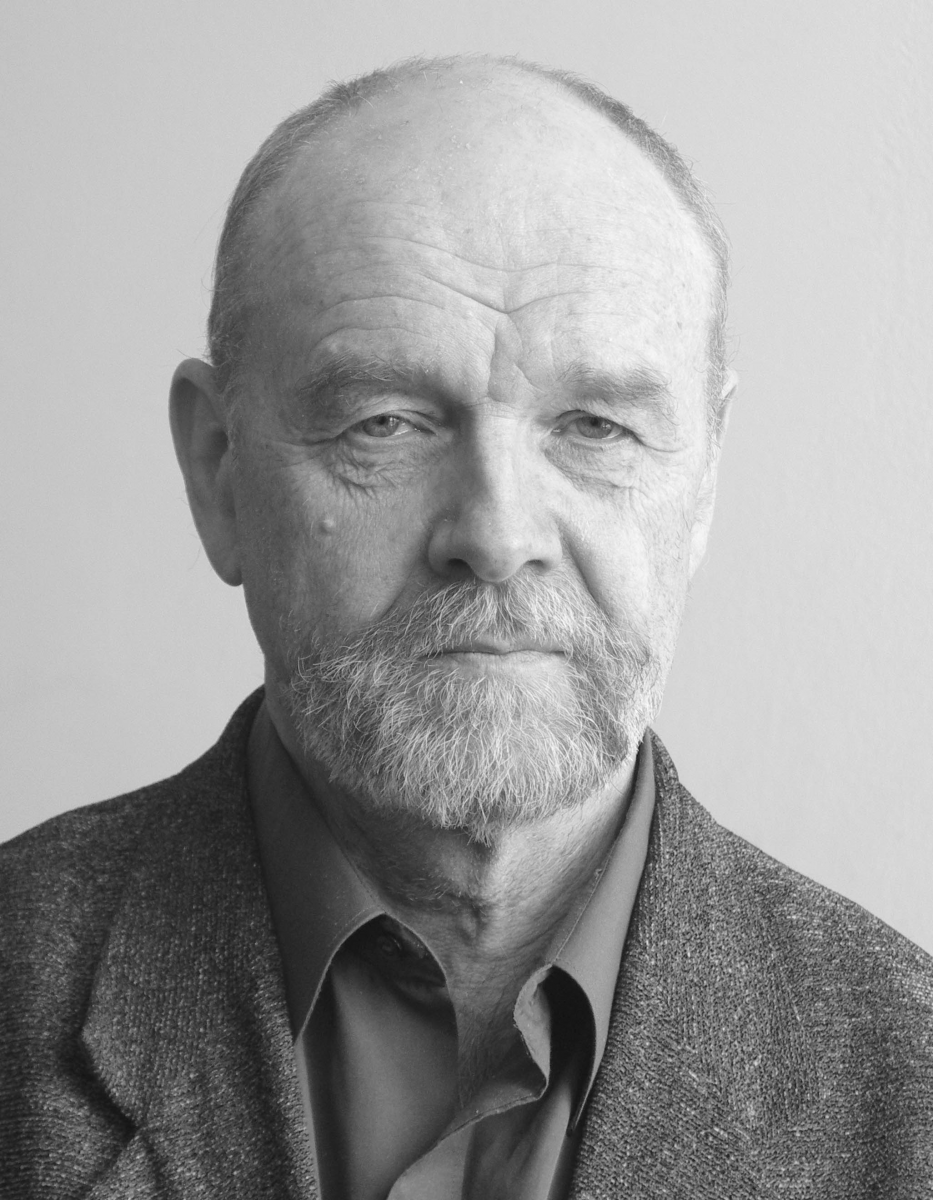 |
|
Vladislav B. Gusev |
In 1995–1997, Laboratory No. 43 represented the Institute as the head organization in The Federal Program for the Social and Economic Development of the Indigenous Smaller Peoples of the North until 2000.
In 1992–2001, the multi-sector (dynamic and equilibrium) models and methods for calculating the structural dynamics indicators of an economic system were developed at the request of the Ministry of Economy of the Russian Federation (V.B. Gusev).
In 2001–2004, Laboratory No. 43 worked on the RAS Presidium project “Comprehensive Studies on Creating an Integrated Information and Analytical Support System for Military and Economic Analysis and Examination of Construction, Development, and Maintenance Measures of the Armed Forces of the Russian Federation” (V.B. Gusev and V.V. Paveliev).
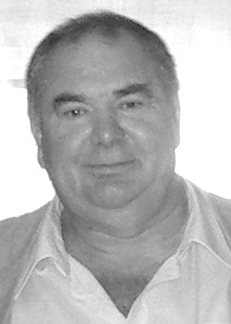 |
|
Alexander M. Cherkashin |
In 2005–2007, Laboratories No. 40 and 43, worked on the innovative development program of Khabarovsk Krai: created a complex development program of the region and an innovative development program of the region (F.F. Pashchenko, V.I. Antipov, P.Kh. Zaidfudim, V.B. Gusev, V.V. Paveliev, A.F. Pashchenko, and I.S. Durgaryan).
At the request of the Department of Science and Industrial Policy of Moscow, when working on the Megacity Management Concept of Moscow, Laboratory’s employees made recommendations on improving the development of Moscow industry spheres, structuring of problems, and choosing assessment criteria for the current state and proposals within the new megacity management system (F.F. Pashchenko, P.Kh. Zaidfudim, V.B. Gusev, V.V. Paveliev, A.F. Pashchenko, and I.S. Durgaryan).
Laboratories No. 40 and 43, participated in the work on the RAS Presidium Program “Developing methods, mechanisms, and procedures for managing innovative development, environmental activities, and diversification of the economic activities of natural and man-made systems when exploiting mineral deposits” (F.F. Pashchenko, V.B. Gusev, V.V. Paveliev, A.F. Pashchenko, I.S. Durgaryan, and K.B. Norkin).
The conditions of normal and crisis operation of organizational, production, and ecological systems were defined by analyzing the dynamic models of self-developing systems with autonomous control. Balanced reproduction models of a multi-sector economic system were constructed. A method for analyzing the economy’s sensitivity to sectoral costs variations was proposed. A method for calculating the parameters of production diversification was developed based on the multi-sector model of a region with intensively exploited natural resources (V.B. Gusev).
Within the innovative development analysis methodology, macro- and micro-models were considered, and the concept of improving the innovative development management of a region was formulated (V.B. Gusev and F.F. Pashchenko).
A youth scientific school (Hybrid Modeling and Management Methods for Complex Systems and Their Application to Interdisciplinary Objects) operates in Laboratory No. 40. Six participants of the school became Candidates of Engineering.
Laboratory’s employees have been actively participating in public and state activities. Three of them worked in the rank of ministers and deputy ministers: K.B. Norkin (see above), Dr. Sci. (Biol.), Prof. P.Kh. Zaidfudim (the First Deputy Chairman of the State Committee of the North and the Deputy Minister for Nationalities and Regional Policy of the Russian Federation), and V.A. Bykov (the Deputy Minister of Sports and the Deputy Chairman of the USSR Olympic Committee).
Over 100 scientific reports, 60 monographs, 10 article collections, and 40 textbooks and preprints were presented. Some monographs have 3–5 editions. Over 1000 papers, particularly in leading peer-reviewed journals (Doklady RAS, Automation and Remote Control, SIAM Journal on Control and Optimization, Mathematical Notes, Computer Science, Sensors, Neural Computing and Applications, to name a few), were published. Over 80 copyright certificates and patents were issued. Laboratory’s employees participated in many international and Russian conferences and seminars. Laboratory’s employees and applicants from other organizations defended over 10 Doctoral and 20 Candidate dissertations. (Some postgraduates were from Bulgaria, Hungary, Vietnam, and CIS countries). Currently, the former postgraduates and employees of the Laboratory are working in research centers and universities in Bulgaria, Hungary, Germany, France, the USA, Australia, Vietnam, Uzbekistan, Georgia, Ukraine, and other countries.
Laboratory’s employees are Editors-in-Chief and members of Editorial Boards of leading peer-reviewed journals included in the Russian Science Citation Index (RSCI) and the State Commission for Academic Degrees and Titles (VAK RF) list; are members of expert councils at VAK RF, RAS, and research foundations; are professors and members of academic and dissertation councils at ICS RAS, Moscow State University, MIPT, MPEI, the Mendeleev University of Chemical Technology, the Russian State University of Oil and Gas (Gubkin University), and others. Laboratory’s employees are members of the Program and Organizing Committees of leading international conferences.
